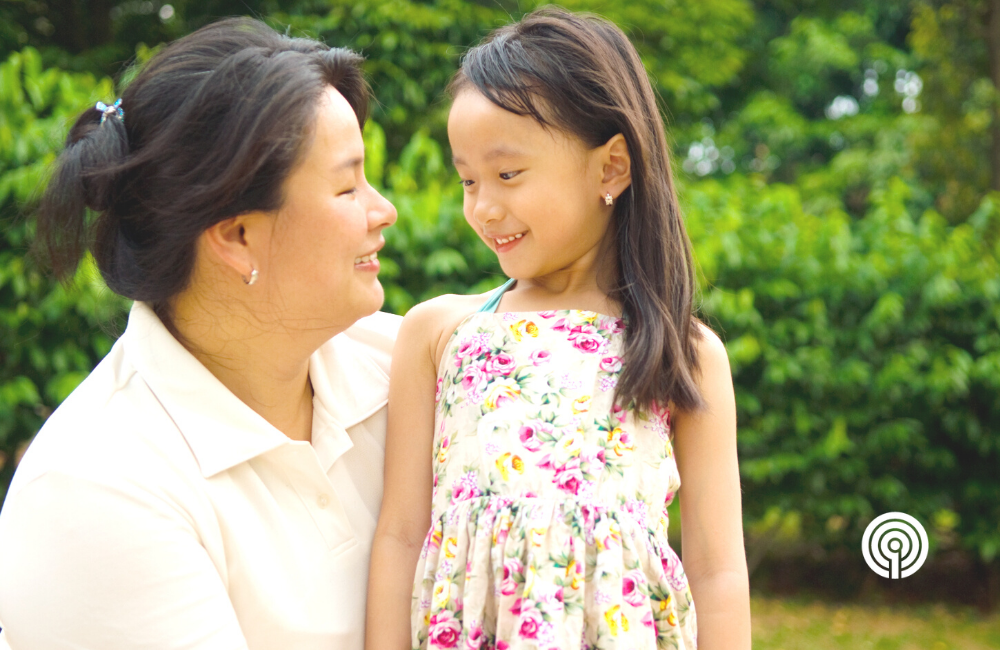
If you've grown up in the U.S., you're probably familiar with the concept of a patient's "right to know." American culture holds that patients are entitled to be fully informed in their own medical care, including the decision-making process.
In some cultures, however, autonomy in decision-making is not the norm. For many people, it is essential to involve (or even defer to) others, particularly family members, in important health decisions. In such families, it's common to look to an authority figure (determined by gender, position in the family, or level of acculturation) as the primary decision-maker within the group.
In some cases, these families may wish to exclude the patient from decisions in order to avoid what is perceived as undue stress. This can cause friction between health providers, patients, and their relatives.
The case of Alison, a 4-year-old with atrial septal defect
Alison, a 4-year-old girl from Laos, was diagnosed with an atrial septal defect (ASD)—a hole in her heart that, while not immediately life threatening, could cause her to develop heart failure in the future. Alison's family had arrived in the U.S. a few years earlier. Her mother had to adapt to their new life without her husband, who remained in Laos. When doctors wanted to perform heart surgery to repair Alison’s ASD, her mother reluctantly agreed. However, at the next visit, she refused to proceed with the surgery.
Asking the right questions to understand decision-making preferences
People refuse invasive procedures for a number of reasons, including fear, mistrust, different beliefs, or incomplete understanding of the risks and benefits. Understanding their reluctance may involve looking beyond the patient (or parent) in the room. Investigating decision-making preferences is an important first step.
For example:- “How involved would you like your family to be in making decisions about your health [e.g.; tests, procedures, medications]?"
- “Is there anyone we should talk to about your healthcare besides you—someone who makes decisions in your family/community? Or do you prefer to make health decisions on your own?”
Alison's grandmother was central to family decision-making
When those questions were asked in Alison's case, Alison's mother revealed that the child's grandmother was opposed to the operation. Along with other elder family members, her grandmother had grave concerns about how the operation would affect Alison in subsequent lives. Alison's grandmother had never been present at any medical visits, and her mother was uncomfortable making a decision about an invasive procedure without their family.
Understanding the root cause of her mother's reluctance to approve the operation put Alison's healthcare team in a better position to respond to the family's concerns, and to negotiate a plan of action. Being aware of the cultural dynamics around spirituality and decision-making were essential to the team's success.
Ways to approach difficult situations in group decision-making
In a study published in JAMA, Korean Americans (47%) and Mexican Americans (65%) were less likely than European Americans (87%) and African Americans (88%) to believe that a patient should be told the diagnosis of metastatic cancer2. This study highlights important cultural differences, but the data should be used not as a way to assume preferences. Rather it should indicate the importance of discussing decision-making preferences with patients.
Difficult situations to consider include:
- Waiving the right to know: Though it conflicts with the mainstream U.S. medical system, you may consider allowing a patient to waive his/her right to know (legal documents can be signed in this case) when the family wants to withhold information and the patient agrees.
- Handling a dominant family member: When a dominant family member is preventing your direct communication with the patient, explain the situation tactfully. If this fails, try ways to obtain information directly from the patient without offending the relative. “I appreciate what you’re saying and your input is very important. From a medical standpoint, though, it’s also very important for me to hear a description of the problem from the patient herself, so I can make a more accurate diagnosis.”
-
Accepting family presence: Realize that in many cultures it is typical (and important) for several family members to stay with the patient in the hospital at all times. If this leads to difficulty for the staff, it should be discussed respectfully with the patient and family to reach a compromise, rather than dismissing it completely.
Cross-cultural communication is an ongoing process
There is no universal solution or easy answer to the difficulties that arise in cross-cultural communication, especially in relation to medical care. Decisions that impact quality of life and longevity are never easy to manage, and added communication barriers can make them overwhelming for patients, family members, and healthcare providers. But awareness, education, and an ongoing commitment to cross-cultural communication can lead to consensus and successful treatment planning, and positive patient outcomes.